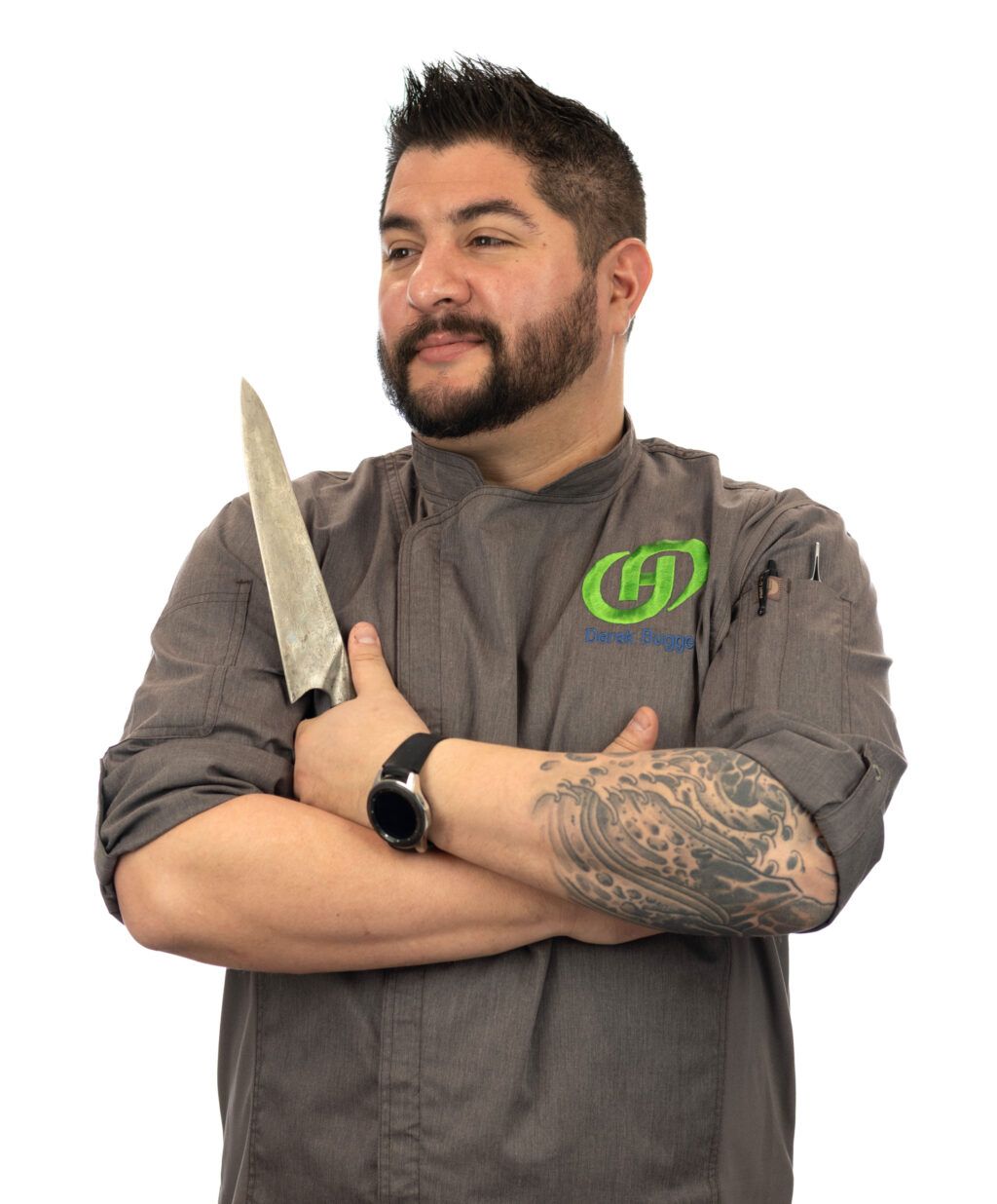News
March 27, 2024
Don't Let the 40 Thieves of Food Cost Rob Your Restaurant's Profits

Purchasing Edition
Derek Bugge - Harbor Chef Consultant
As a chef and consultant, I've seen firsthand how the "40 thieves" of food costs can nickel and dime restaurant profits into oblivion if left unchecked. These thieves find sneaky ways to pilfer your hard-earned money, from overbuying ingredients to improper storage procedures.
While eliminating all 40 threats requires diligence across your entire operation, I'm going to zero in on the purchasing process today. Why? Because implementing smart purchasing practices gives you a solid foundation to combat many other food cost thieves down the line.
The Purchasing Pitfalls to Avoid
Looking at purchasing-related threats, a few jump out as being among the most costly: overbuying, buying items out of season, vague ordering specs, and lacking a formalized purchasing process. Let's break these down:
Overbuying
Overbuying ingredients is the silent profit-killer. It leads to spoilage, overproduction, and difficulty burning through aging inventory, creating a vicious waste cycle. Rookie restaurant owners tend to overbuy, whether excessive par levels or simply ordering too much; it is usually born from the concern of running out of product and having to 86 menu items.
Item Seasonality
Buying products out of season can lead to paying high prices. Seeking to create seasonally focused menus will allow you to purchase items at traditionally lower costs, helping to drive your food costs down.
Purchasing Specs
Vague ordering with no formalized specs also sets you up for delivery mistakes, quality issues, and price creep. Precise specs prevent disasters like receiving 4oz frozen burger patties instead of 8oz fresh ones.
Create a Budget
No purchasing budget or auditing process means you're just throwing darts hoping to hit the bullseye. Tracking, auditing, and analyzing your numbers is requisite for cost control.
Tech to the Rescue
Fortunately, technology provides some powerful solutions for smart purchasing practices in 2024. A good restaurant inventory management system with purchasing and invoice modules is a must. Beyond just placing orders, it allows you to:
- Analyze historical spending data to forecast needs
- Lock in spec and vendor requirements
- Manage par levels and optimize order quantities
- Automatically match invoices to orders and flag discrepancies
- Integrate with accounting software to simplify audits
A formerly common practice, that’s becoming more obsolete, were restaurants using clipboard ordering, overcorrected based on hunches, and audited by hand after the fact. Modern systems prevent overbuying with smarter inventory tracking. They provide checks on costs and quantities received. And they give you complete transparency to make data-driven decisions. While the upfront investment requires commitment, the ROI speaks for itself when you eliminate waste, unhealthy buffer overstock, vendor pricing games, and receiving errors.
Go Digital for P&L Sanity
Upgrading your restaurant's processes with technology tops my recommended purchasing best practices. But here are a few other tips for this critical area:
- Centralize authority for purchasing under one role, like a chef or GM
- Establish SOP ordering guides with exact specs for every ingredient
- Integrate purchasing with POS and inventory management
The common theme? Take purchasing out of the shadows. Digitize, optimize and monitor every step through integrated software and accountability.
Purchasing represents the starting line for so many restaurants operational challenges. If you can implement rigorous, data-driven practices here, it solves a huge piece of the food cost puzzle. Then, you can apply the same scrutiny to receiving, storage, preparation, and everything else.
Don't let the 40 sneaky thieves ransack your profits a nickel at a time. Deploying modern technology alongside structured processes is the best defense for restaurants in 2024. Purchasing may seem straightforward, but it requires the same attention to detail as crafting your signature dishes. With the right plan and tools, you can master this critically important aspect of cost control.
Contact our Harbor Solutions team for more information about recommended best practices and technology, or simply ask your sales rep to connect you with this valuable resource.
Chef Consultant Harbor Foodservice


